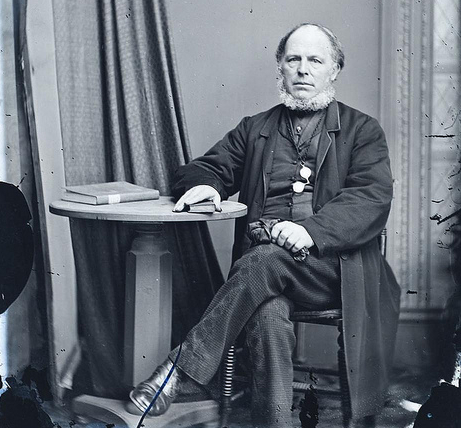- 3-minute read
- 1st January 2018
A Quick Guide to Contractions
Are you in the final stages of pregnancy and experiencing tight feelings in your lower abdomen? Those are contractions. However, they’re not the contractions we’re talking about. This is a proofreading website. You need something about parenthood.

The contractions we can help with are words. But they are a special type of word, so you need to know how they work and when to use them in order to avoid errors. In this post, we explain the basics.
What Are Contractions?
A ‘contraction’ is a term made up of two other words. Usually, this involves dropping at least one letter from the terms being combined, which is marked with an apostrophe. For instance:
Do not = Don’t
I have = I’ve
Has not = Hasn’t
Find this useful?
Subscribe to our newsletter and get writing tips from our editors straight to your inbox.
Subscribe to Beyond the Margins and get your monthly fix of editorial strategy, workflow tips, and real-world examples from content leaders.
Two words are combined in all of these examples, with an apostrophe added to show where a letter has been left out. Most contractions work like this, so the key is knowing which letter to drop!
When Should You Use Them?
Contractions are common in speech and in less formal writing. As such, they’re often used when trying to strike a friendly or informal tone. We use them in these blog posts, for example, because we don’t want to sound too stuffy: a tricky task when your main topics are spelling and grammar!

However, contractions shouldn’t be used in formal writing, including in essays and business reports. If you find yourself using contractions in a formal document, write out the words in full instead.
Tricky Terms to Look Out For
Certain contractions cause more problems than others. We’ve picked out a few common offenders so that you know what to look for:
- It’s – This word is short for ‘it is’. Make sure you don’t mix it up with the possessive pronoun ‘its’ (no apostrophe), which is used when referring to something that belongs to an ‘it’.
- Can’t – This is a contraction of ‘can’ and ‘not’. However, when you write these words out in full, they should be written without a space (i.e. the single word ‘cannot’), not as two words.
- They’re/We’re/You’re – These are all combinations of pronouns and the word ‘are’ (i.e. ‘they are’, ‘we are’ and ‘you are’). But they are easy to mix up with similar-sounding terms if you’re not careful (e.g. ‘there’, ‘were’ and ‘your’). If you are unsure whether you’re using these words correctly, try writing them out in full to check.
- Won’t – This is short for ‘will not’. But if this is true, why isn’t it spelled ‘willn’t’?
There used to be two forms of ‘will’ in English, one of which was spelled with an ‘o’. The popular negative form of this term was ‘wonnot’. This word isn’t used any more, but the modern contraction is still spelled ‘won’t’ (because English doesn’t always make sense).




